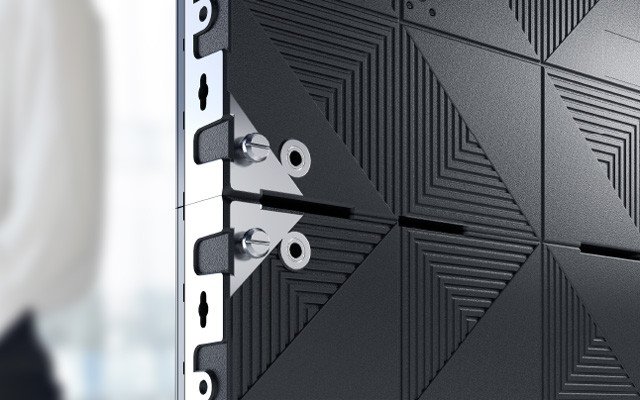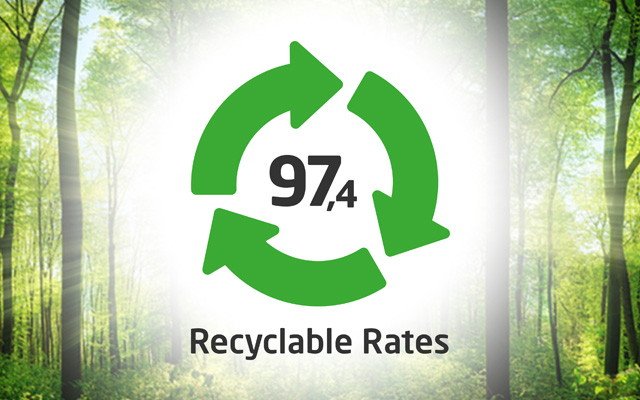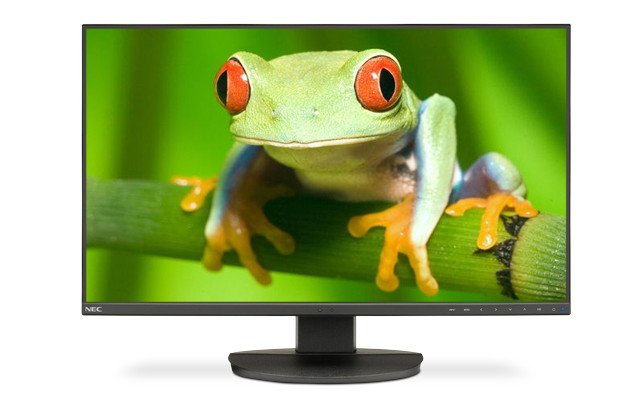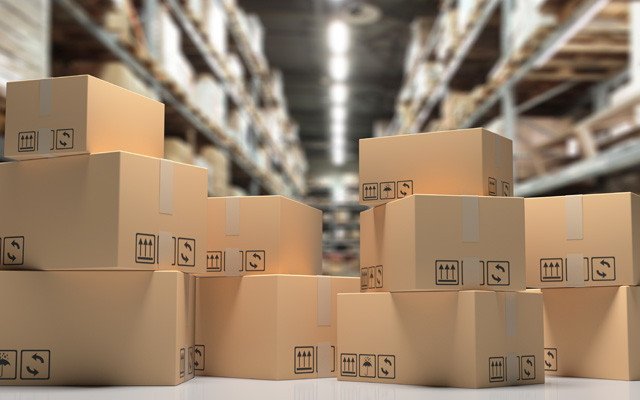Take action toward a sustainable future for the planet and for your business.
Europe has annouced its plan to be the first climate-neutral continent by 2050. The EU’s ambitious Green Deal certainly feels like a step in the right direction, and every steps counts, but it cannot be denied that there is a mightily long way to go in order to achieve these ideals.
In a recent report by the European Environment Agency (EEA), a total of 61.8 million tons of plastic were used in Europe in 2018, yet in Germany for example, only just under 16% of plastic waste is reused for new products.
As individuals, and as commercial entities, we are all accountable for the future of our planet and it is imperative that we all act responsibly toward the environment to meet the expectations of society.

Sharp NEC Display Solutions Director Sales for the DACH region, Matthias Hartmann, explains how companies can take action by building sustainability into their business model.

© Georg Roussos
As awareness of the environmental crisis increases, buyers are putting the sustainability and environmental compatibility of products high on the agenda when making purchasing decsions.
Individuals and companies are actively seeking to do business with organisations which show a genuine commitment to protecting the environment and take their corporate social responsibility seriously.
By making a commitment to a climate-neutral future and putting sustainability at the heart of your business model, not only are you helping to preserve the planet for future generations, you are also helping to secure the future of your business.
Five commitments to environmental sustainability
We have identified five key areas for consideration as you work towards your sustainability goals. See how Sharp/NEC has taken action and how our future-proof technologies with long-lasting reliability help our customers in reaching their own sustainability goals.
High quality for durability
A fundamental contributor to sustainability is quality. Reliable and durable, the product life cycle is extended, consuming fewer resources as repair and replacement is deferred over a longer period.

An example of Sharp/NEC’s commitment to quality is in the meticulous selection of key components. Unlike many of its competitors, Sharp/NEC chooses to use metal in preference to plastic in the construction of its large format displays and LED modules. An excellent conductor, metal is highly efficient at dissipating heat, expelling it away from heat sensitive electronic components thus enhancing the long-life performance of the product.
Plastic or metal? When peace of mind must be top priority
Furthermore, Sharp/NEC’s innovative open, modular infrastructure enhances longevity by supporting future-proof upgrade paths.
Recyclability
The aim of recycling is to take waste and convert it into new materials and objects. Compared to conventional waste disposal, it helps to lower the amount of greenhouse gas emissions since it reduces air and water pollution as well as the amount of energy used. Greenhouse gases are one of the major physical drivers of climate change and due to CO2 emissions, it is an ever-increasing threat.

Naturally occurring resources such as crude oil, wood and rare earth metals are still being exploited and conscious use of them seems a long way off. Companies should choose products which use recyclable or already recycled materials and avoid the use of harmful substances.
Sharp/NEC uses recycled materials for all its products and avoids hazardous substances. Our large format displays, at 97.4%, are almost entirely recyclable.
Again, by choosing to use metal, rather than plastic, for the major structural parts of its LFD and LED products, Sharp/NEC has made a positive choice for the environment.
Plastic, as used by our competitors, is made from crude oil and only a small part is recyclable, whereas metal is 100% reusable. It can be recycled again and again without altering its properties.
Low energy consumption
Modern technology consumes far less electricity compared to older technology. This has led to a recent revision of the Energy Rating Label used to categorise the energy efficiency of consumer electronics devices – the upper categories had become over populated – you can find out more about this in our blog: What is an Energy Label and why is it changing?

By investing in the latest technologies you will reduce your energy consumption and lower your energy bills.
Further helping to reduce energy consumption, many Sharp/NEC displays feature advanced ECO Mode functionality and are equipped with a Carbon Savings Meter for administrating and reporting CO2 reductions. The Ambient Light Sensor assists in setting the appropriate brightness level of the display, automatically adjusting according to the ambient light conditions, whilst the Human Sensor detects the presence of the user and powers up/down accordingly to optimise power usage.
All Sharp/NEC displays are shipped in an energy-saving preset because, in our experience, the end user rarely makes any adjustment to the factory setting.

Minimised packaging and shipping routes
Smaller packaging sizes and less packaging material can contribute to a 35% reduction of CO2 emissions. By optimising the packaging size to maximize the number of units per pallet and by rationalising distribution efforts, even further savings can be made
Sharp/NEC packaging material is 100% recyclable. Our packaging has been reduced to the bare minimum without compromising its integrity or protection afforded to the products within.
We make every effort to streamline and perfect our distribution processes whilst maintaining our excellent customer service standards.

Reduction of CO2 during production
Companies should pay attention to environmental protection during their production processes, commiting to reduce CO2 emmisions, to offset where necessary and to adhere to current manufacturing standards.
Sharp/NEC is strongly committed to environmental protection and reducing its carbon footprint when it comes to its own production processes. In production of its products, Sharp/NEC complies with strict manufacturing standards including ISO14001.
The products themselves comply with the latest global standards including TCO and Energy Star.

© Georg Roussos
Compliance or exceedance?
Companies are legally obliged to comply with current environmental standards which are in place to tackle climate change. But for a forward-looking company wishing to play its part in creating a sustainable future, is this enough?
Companies that exceed the expectations of an increasingly climate-conscious society and want to assert themselves in the market go further than just doing what’s necessary to comply.
By taking a level of responsibility that permeates the entire business, through demonstrable actions, companies can strengthen the trust of its customers, securing the future of its business whilst helping to shape a climate-neutral future.
The nature photos were kindly made available by Georg Roussos. After more than 30 years in sales at Sharp/NEC, since Autumn 2020, Georg is now fully devoted to his passion for photography - we wish him all the best!
